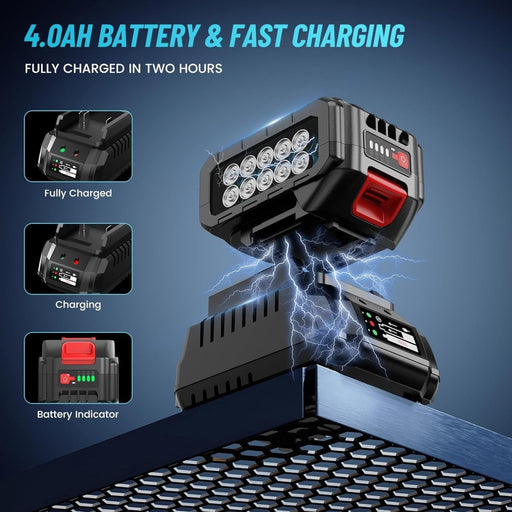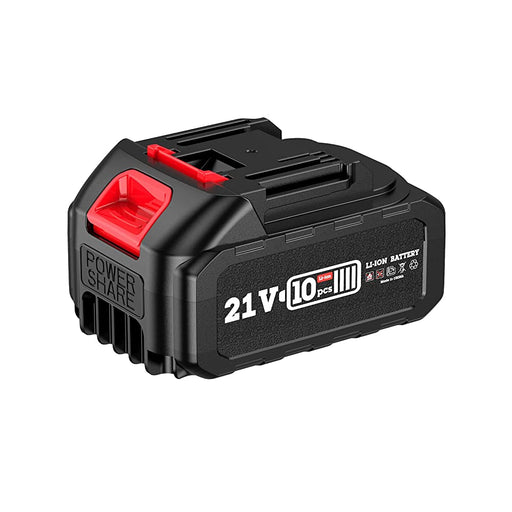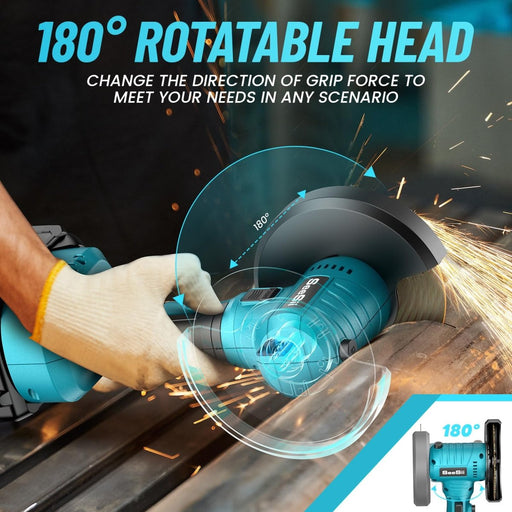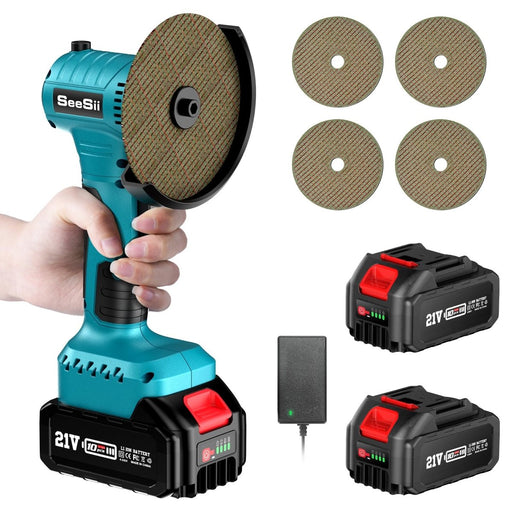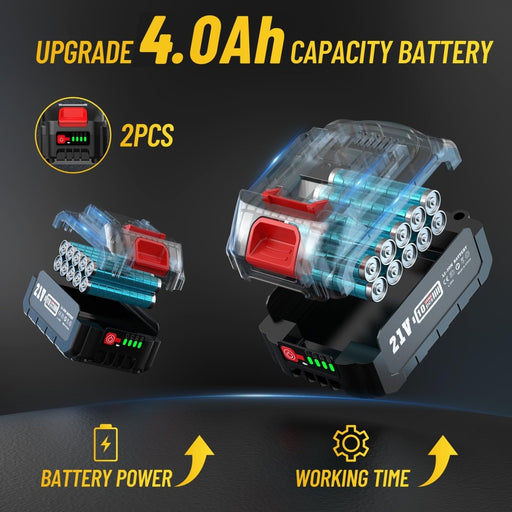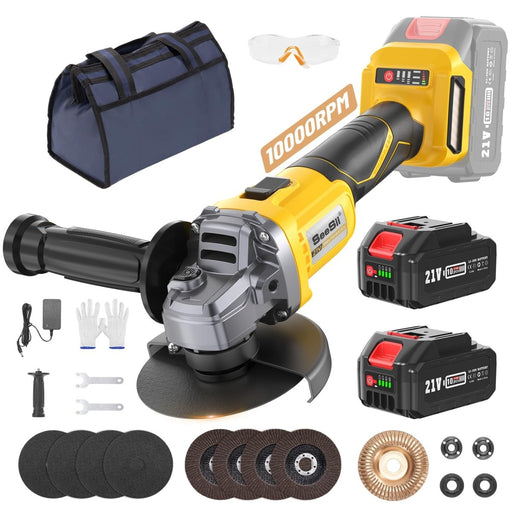What is a Handheld Grinder Tool used for?
A handheld grinder tool is used for cutting, grinding, and polishing various materials such as metal, concrete, and wood. It’s versatile and suitable for DIY projects and professional work.
Why should I choose a Cordless Angle Grinder?
A cordless angle grinder offers increased portability and convenience, as it doesn’t require an electrical outlet. It's ideal for outdoor or remote work, allowing greater flexibility during use.
Which is the Best Angle Grinder for DIY projects?
The best angle grinder for DIY projects depends on factors like power, size, and ease of use. For home improvement tasks, a cordless angle grinder is an excellent choice for mobility and performance.
Can I use a Cordless Angle Grinder for heavy-duty tasks?
Yes, a cordless angle grinder can handle heavy-duty tasks, depending on its motor power and battery capacity. However, for more demanding jobs, an electric angle grinder may be more suitable.
What’s the difference between a Cordless Angle Grinder and an Electric Angle Grinder?
A cordless angle grinder is powered by a battery, offering portability and convenience, while an electric angle grinder is powered by an electrical outlet and typically offers more consistent power for heavy tasks.
Is a Handheld Grinder Tool suitable for home use?
Yes, a handheld grinder tool is perfect for home use as it allows users to complete a variety of tasks, including sanding, grinding, and sharpening, all with a compact, easy-to-handle design.
Can a Cordless Angle Grinder be used for concrete?
Yes, a cordless angle grinder can be used for cutting or grinding concrete, especially if it is equipped with a diamond blade designed for masonry work.

